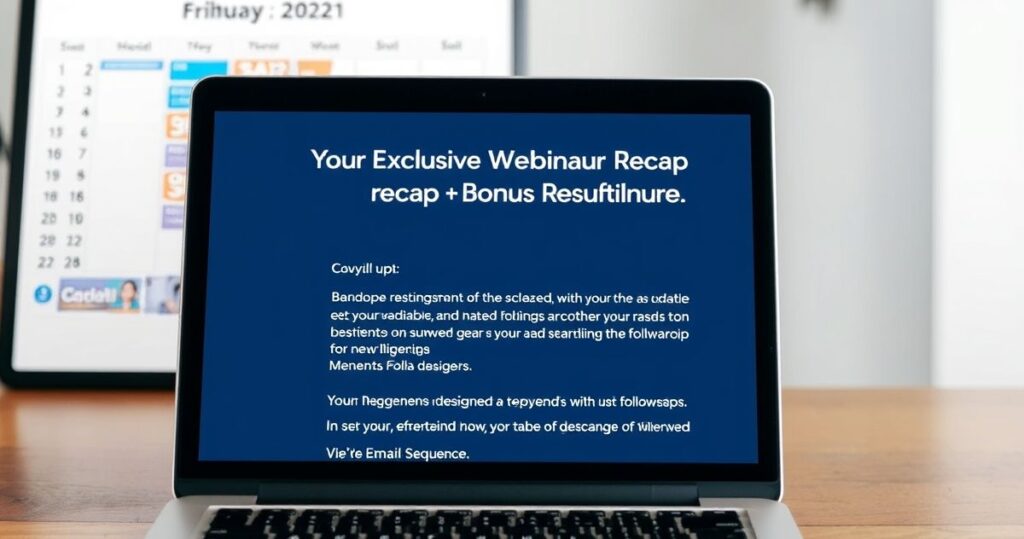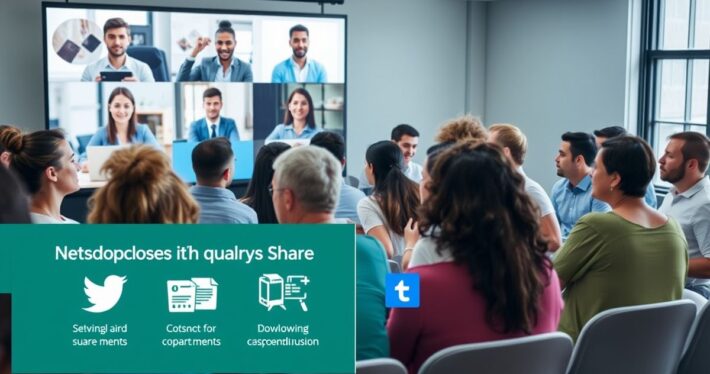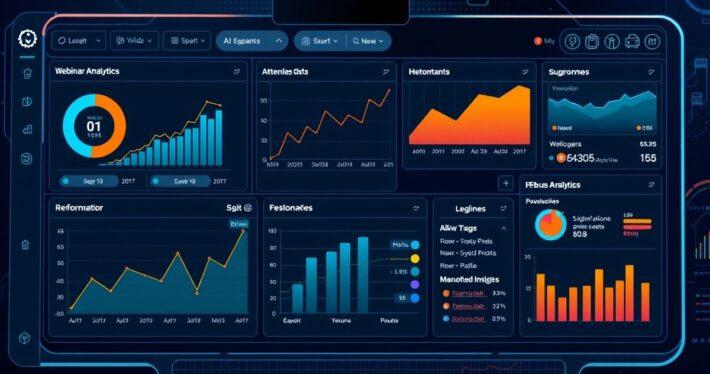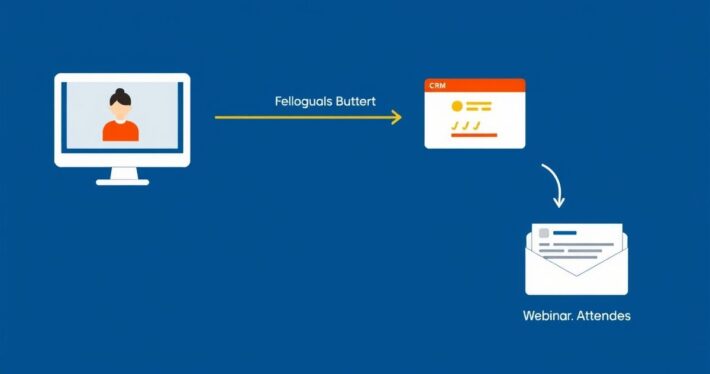How to Use Follow-Up Emails to Convert Webinar Attendees Into Customers

Webinars are powerful tools for generating leads, but let’s be honest—the real magic happens after the event. If you’re not following up with your attendees, you’re leaving money on the table. Follow-up emails are the bridge between a promising webinar and a closed sale. They nurture relationships, reinforce your message, and guide attendees toward becoming customers. But how do you create follow-up emails that actually work? Let’s break it down.
Why Follow-Up Emails Are Essential for Webinar Success
Think of your webinar as the first date. You’ve made a great impression, shared valuable insights, and sparked interest. But if you don’t follow up, that connection fizzles out. Follow-up emails keep the conversation alive, address objections, and provide the nudge attendees need to take action. According to research, 80% of sales require at least five follow-ups, yet 44% of salespeople give up after just one attempt. Don’t be part of that statistic.
Key Elements of High-Converting Follow-Up Emails
To turn webinar attendees into customers, your emails need to be strategic, personalized, and value-driven. Here’s what to include:
1. A Strong Subject Line That Cuts Through the Noise
Your subject line is the gatekeeper. It determines whether your email gets opened or ignored. Keep it short, specific, and benefit-focused. For example:
- “Your Exclusive Webinar Recap + Bonus Resources”
- “Missed the Live Webinar? Here’s How to Catch Up”
- “3 Actionable Tips from Our Webinar (Plus a Special Offer)”
2. A Warm, Personalized Greeting
Start with a friendly tone and acknowledge their attendance. Use their first name to create a personal connection. For instance:
“Hi [Name], it was great having you at our ‘Mastering Digital Marketing’ webinar! I hope you found the insights helpful.”
3. A Recap of Key Takeaways
Not everyone takes notes during a webinar, so summarize the main points in a clear, digestible format. Bonus points if you include a link to the webinar recording or slides.
4. A Clear Call-to-Action (CTA)
Every email should have a purpose. Whether it’s scheduling a call, downloading a free resource, or making a purchase, your CTA should be specific and compelling. For example:
- “Ready to get started? Book your free strategy session here.”
- “Download the full guide to [Topic] now.”
- “Take advantage of our limited-time offer before it’s gone!”
5. Social Proof and Testimonials
Include testimonials or case studies that demonstrate the value of your offering. This helps build trust and reduces hesitation.
6. A Risk Reversal or Guarantee
Eliminate fear of commitment by offering a guarantee. For example:
“Not satisfied? We offer a 30-day money-back guarantee.”
Crafting Your Follow-Up Email Sequence
A single follow-up email won’t cut it. You need a sequence that nurtures leads over time. Here’s a proven 3-email framework:
Email 1: The Thank You + Recap Email
Send this within 24 hours of the webinar. Express gratitude, recap key points, and provide additional resources.
Email 2: The Value-Add Email
Wait 2-3 days, then send an email with extra value. This could be an exclusive blog post, a free checklist, or a discount code.
Email 3: The Urgency Email
After 5-7 days, create urgency with a limited-time offer or a final reminder. For example:
“Our exclusive webinar offer ends tomorrow—don’t miss out!”
Real-World Example: How XYZ Company Boosted Conversions by 40%
XYZ Company hosted a webinar on “Scaling Your E-Commerce Business.” Here’s how they structured their follow-up sequence:
- Email 1: Thanked attendees, shared a webinar recap, and offered a free e-book.
- Email 2: Sent a case study showing how a client increased sales by 150%.
- Email 3: Introduced a limited-time discount on their SaaS tool.
The result? A 40% increase in conversions within two weeks.
Common Mistakes to Avoid
- Overloading with Information: Keep emails concise and focused.
- Ignoring Personalization: Use attendee data to tailor your emails.
- Being Too Pushy: Balance your CTA with valuable content.
- Forgetting to Test: A/B test subject lines, CTAs, and timing to optimize performance.
Tools to Streamline Your Follow-Up Process
Don’t reinvent the wheel. Use tools like:
- Email Marketing Platforms: Mailchimp, ActiveCampaign, or ConvertKit for automation.
- CRM Systems: HubSpot or Salesforce to track attendee engagement.
- Personalization Tools: Dynamic fields to customize emails at scale.
Final Thoughts: The Art of Nurturing Leads
Follow-up emails aren’t just about selling—they’re about building relationships. By providing consistent value and addressing your attendees’ needs, you’ll position yourself as a trusted advisor. And trust, as we all know, is the foundation of every successful sale.
So, what’s your next move? Start crafting your follow-up email sequence today, and watch your webinar conversions soar.



